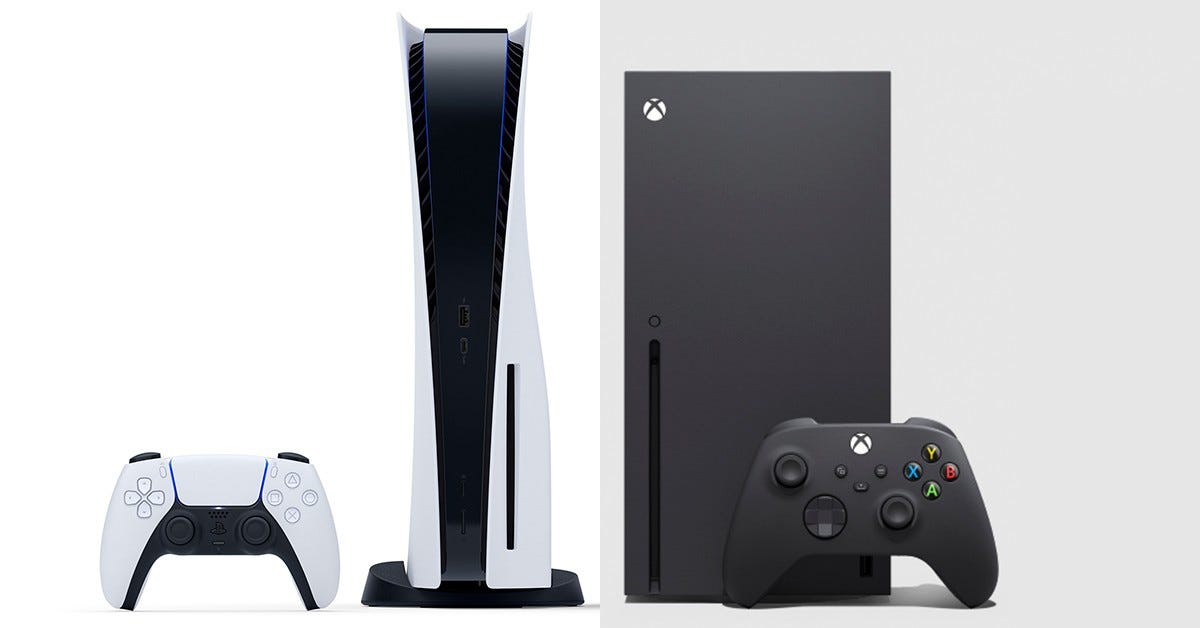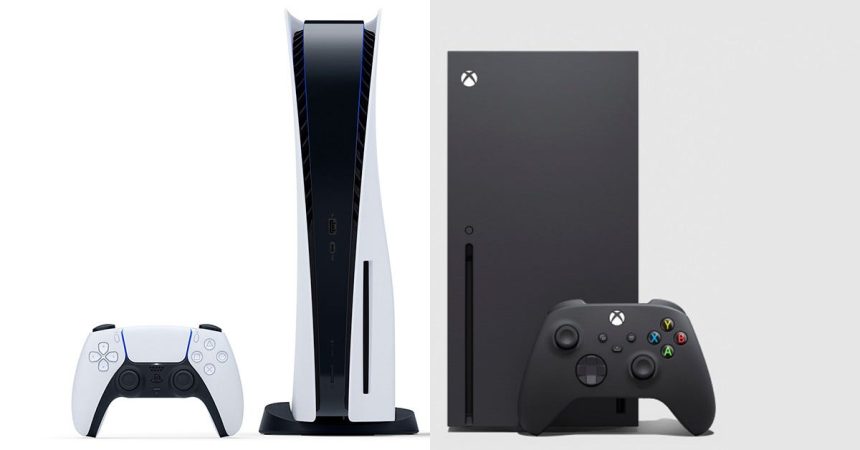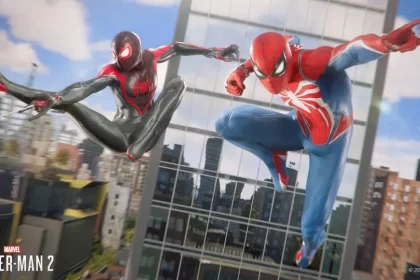Not too long ago, the news that Sony lacked new entries in its major first-party franchises for the upcoming year would have presented a significant opportunity for Microsoft to make strides against the market leader.
Xbox has grappled with various challenges in competing with its main rival. Factors such as brand strength and digital library loyalty have played a role, but Sony’s robust first-party studio system, consistently delivering hit software during the PS4 era and beyond, has been a formidable barrier – until now.
Microsoft’s struggles in building a comparable portfolio of studios have been well-documented, often highlighted by unfavorable comparisons with PlayStation’s studios consistently producing successful titles. Over the years, Microsoft has invested substantially, becoming one of the largest game publishers globally, albeit without entirely closing the gap.

The reasons behind Sony’s unexpected gap in its major release pipeline amid this console generation remain unclear—the challenges of 2024, exacerbated by pandemic-related delays affecting the entire industry, may be a contributing factor. Additionally, Sony’s shift towards live service gaming, viewed by some as short-sighted, might have impacted its ability to maintain a steady stream of software releases.
Regardless of the reasons, the outcome is the same – a notably quiet year for PlayStation. As this drought persists, criticisms regarding the number of PS5 games being either PS4 remakes or cross-generation titles are becoming harder to ignore.
While Sony’s stumble presents an opportunity for its competitors, particularly Microsoft, to capitalize on, the traditional “console war” narrative feels somewhat outdated. Microsoft can now promote its own games without constant comparison to Sony’s lineup, potentially boosting initiatives like Game Pass and hardware updates.
However, amidst speculations surrounding Microsoft’s strategy, including the possibility of abandoning platform exclusivity, the core challenge remains balancing hardware and software objectives. Microsoft’s recent acquisition of Activision Blizzard adds complexity, tying its gaming publishing business to a console hardware business currently trailing behind competitors.
Similarly, Sony faces parallel challenges in growing its gaming revenue beyond its console platform. With console installed bases plateauing, both companies must navigate a landscape lacking significant growth potential. As a result, the competition between them appears increasingly secondary to the broader objective of expanding the gaming market.
Both Microsoft and Sony are exploring strategies for a future where their games extend beyond their respective hardware platforms. While competition persists, the overarching focus for both companies lies in evolving beyond the confines of the traditional “console war” paradigm, seeking avenues for sustainable growth in the evolving gaming industry landscape.






